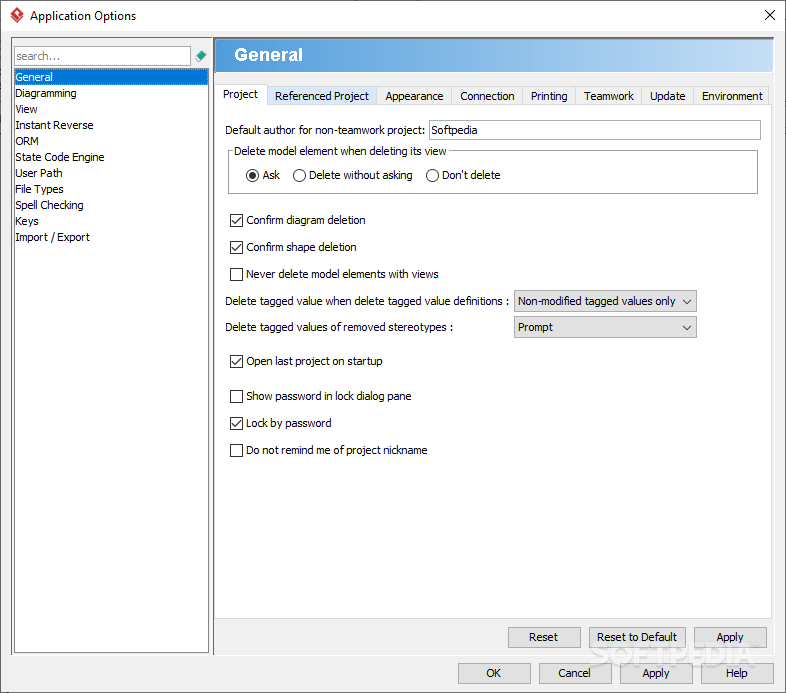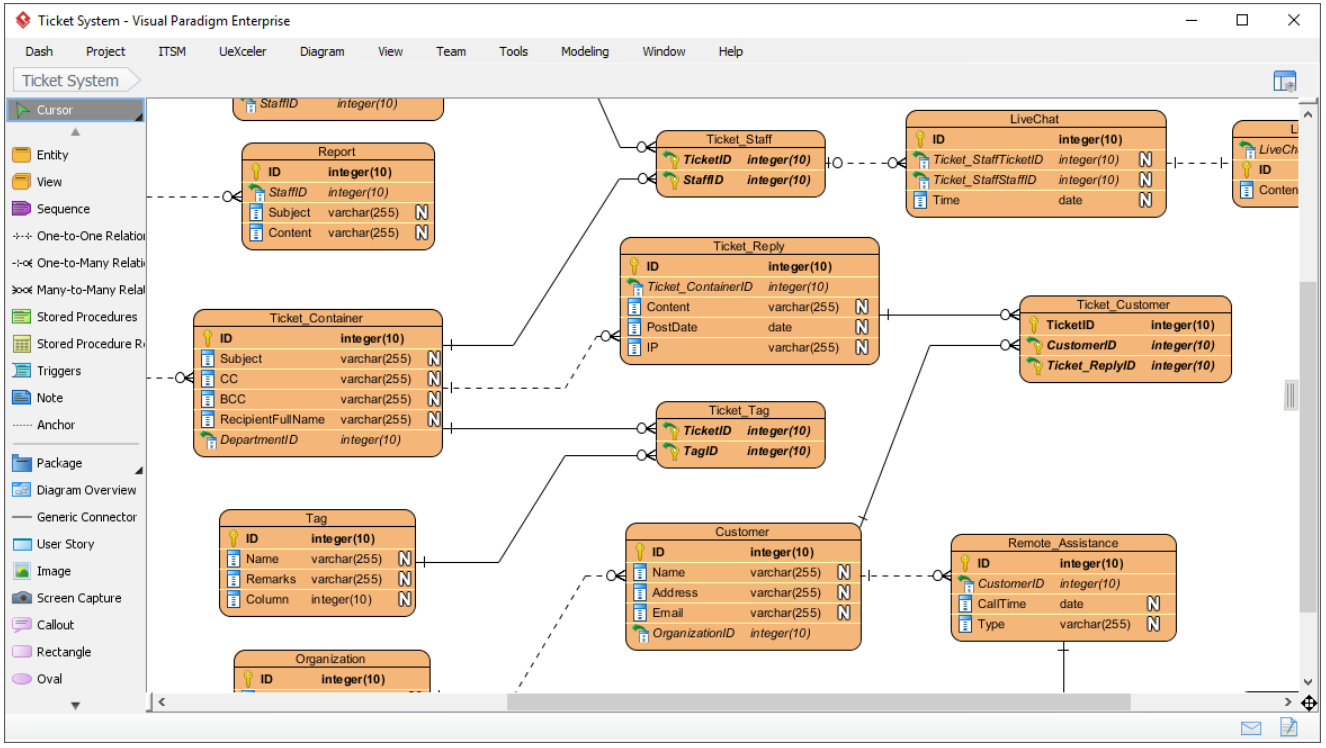

#Visual paradigm 11.2 trial#
The mean number of eyeblinks per a trial was 0.9 ± 0.4 blinks/trial and the peak location was 380 msec with standard deviation of 116 msec. Of the 28 subjects, 7 belonged to this group. The subjects who had a peak location after the vocal response were classified as belonging to subgroup II. The mean number of eyeblinks was 1.1 ± 0.3 blinks/trial and the eyeblinks demonstrated a distribution of 210 ± 85 msec. Of the 28 subjects, 17 belonged to this group.

The subjects who blinked mostly before the vocal response were classified as belonging to subgroup I. The histogram (having 30 msec intervals) was drawn based on the time difference between the eyeblink and visual response for 240 trials per subject. We classified 28 subjects into 3 subgroups based on the position of the eyeblink peak location. (error bars denote standard error).Ī representative example of a subject from each subgroup. The EBR in the task condition was measured during the Stroop task and was 30.7 ± 13.0 blinks/min. In the resting condition, the subjects were required to fixate their eye on to the fixation point for 2 minutes, and the EBR was 20.7 ± 11.2 blinks/min. The histogram shows the mean EBR in the resting state and Stroop task condition. The EBR had increased significantly during the task condition. The reaction time of all subjects was ranged from about 500 msec to 1,500 msec. Each stimulus was presented until the subject’s response. (C) The structure of one set in the visual Stroop task. Unlike the visual Stroop task, the fixation point was presented during both the stimulus and resting conditions to induce the subject’s eye fixation. The word ‘left’ emanating from the left side speaker consisted of a congruent stimulus, while the word ‘left’ emanating from the right side speaker consisted of a conflict stimulus. The structure of the auditory Stroop task was similar to the visual Stroop task except for the stimulus condition. The neutral stimulus consists of four different words that are not related to the meaning of the color in which it is written. The congruent stimulus is presented in the same color name of its own color, and the conflict stimulus is presented in a different color name of its own color. In the visual Stroop task, the subjects received a word that was either congruent, conflicting or neutral, and these types were presented in a constant ratio.

Following the subject’s response and prior to the presentation of the next stimulus, a white fixation cross-hair was presented for 1000 msec.
#Visual paradigm 11.2 pdf#
Direct PDF access to this article can be purchased through our e-platform.The Visual and Auditory Stroop Paradigms.įor the visual paradigm, the subjects were asked to name the color of the word in the color naming task and to read the name of the word in word reading task. For subscription information see Subscription & Price. Full-text access is restricted to subscribers. The form and use of these elements are subject to culture-specific conventions. Comics involve linguistic, typographic and pictorial signs and combinations of signs as well as a number of specific components such as speech-bubbles, speed lines, onomatopoeia etc., which serve particular functions. The individual pictures provide contexts for one another, thus distinguishing comics from single-frame cartoons.
#Visual paradigm 11.2 series#
In order to allow for a systematic investigation of the translation of comics, I would propose the following working definition: Comics are narrative forms in which the story is told in a series of at least two separate pictures. Given the large number of different types of comics which have been created since then, from funny stories and science-fiction comics to adventure and realistic comics, and given the various formats of publication (magazine, album, book), it is difficult to come up with a comprehensive definition. It was the use of comics in newspaper advertising, however, that made them develop into a genre of their own. The pioneer artists and authors were inspired by European models, such as the socio-political caricatures of William Hogarth in the 18th century and the picture stories of Wilhelm Busch. Comics are believed to have originated in the United States, where the first comic strips were published some one hundred years ago.


 0 kommentar(er)
0 kommentar(er)
